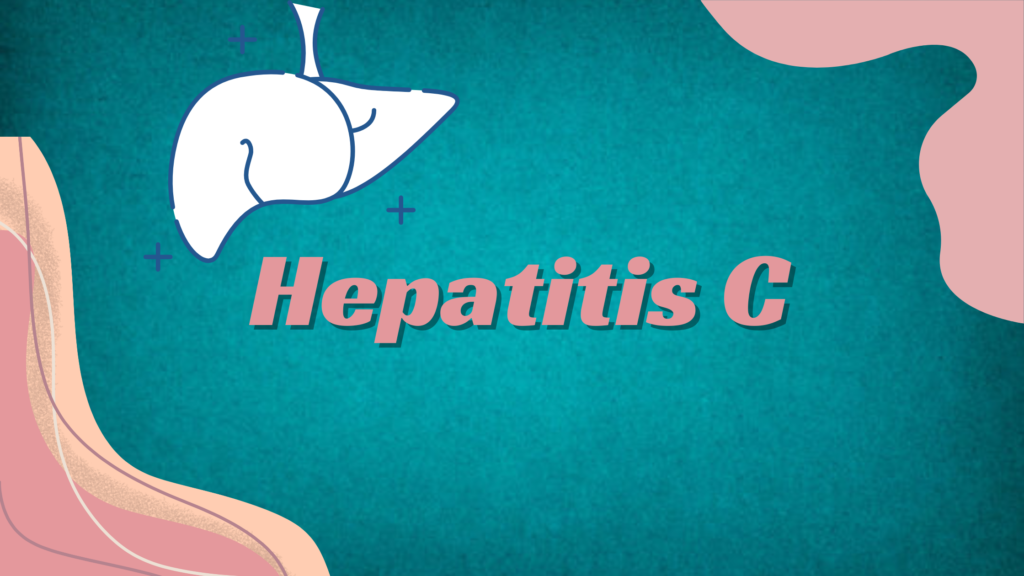🦠 Hepatitis C – Overview
Hepatitis C is a viral infection that primarily affects the liver, caused by the Hepatitis C virus (HCV). It can lead to chronic liver disease, cirrhosis, liver failure, or liver cancer if left untreated. The virus spreads through blood-to-blood contact, and most people do not show symptoms in the early stages.
🧬 Cause
- Caused by the Hepatitis C virus (HCV)
- Belongs to the Flavivirus family
📌 Modes of Transmission
- Sharing needles or syringes (e.g., IV drug use)
- Blood transfusions or organ transplants before 1992 (before routine screening)
- Unsafe medical procedures or injections
- Sharing personal items (e.g., razors, toothbrushes) contaminated with blood
- From mother to baby during childbirth (rare)
- Sexual transmission (rare, but risk increases with multiple partners or co-infections)
🕐 Incubation Period
- 2 weeks to 6 months (average ~6–9 weeks)
⚠️ Symptoms
1️⃣ Acute Hepatitis C (first 6 months)
- Often asymptomatic
- If symptoms occur:
- Fatigue
- Nausea or vomiting
- Abdominal pain
- Loss of appetite
- Fever
- Dark urine
- Pale stool
- Jaundice (yellowing of skin/eyes)
2️⃣ Chronic Hepatitis C
- 70–85% of infected individuals develop chronic infection
- May remain silent for years or decades
- Can lead to:
- Liver cirrhosis
- Liver cancer (hepatocellular carcinoma)
- Liver failure
🧪 Diagnosis
- HCV antibody test: Checks for past or current infection
- HCV RNA test (PCR): Confirms active infection
- Genotyping: Determines HCV strain (guides treatment)
- Liver function tests (ALT, AST)
- Fibroscan or liver biopsy: To assess liver damage/fibrosis
💊 Treatment
- Direct-acting antivirals (DAAs) are the current standard of care
- Cure rate: 95% or higher
- Treatment duration: 8–12 weeks
- Examples: Sofosbuvir, Ledipasvir, Velpatasvir, Glecaprevir/Pibrentasvir
- No vaccine is available yet
🛡️ Prevention
- Avoid sharing needles or sharp objects
- Use safe sex practices
- Screen blood and organ donations
- Wear gloves when handling blood or body fluids
- Test and treat: Screen high-risk populations and treat to prevent spread
🌍 Global Impact
- Over 58 million people chronically infected worldwide (WHO, 2023)
- 1.5 million new infections per year
- A leading cause of liver cancer and transplants globally
✅ Key Points
- Silent but serious: Often has no symptoms until liver damage occurs
- Curable with modern antiviral treatment
- Early detection and treatment are crucial to prevent long-term damage
